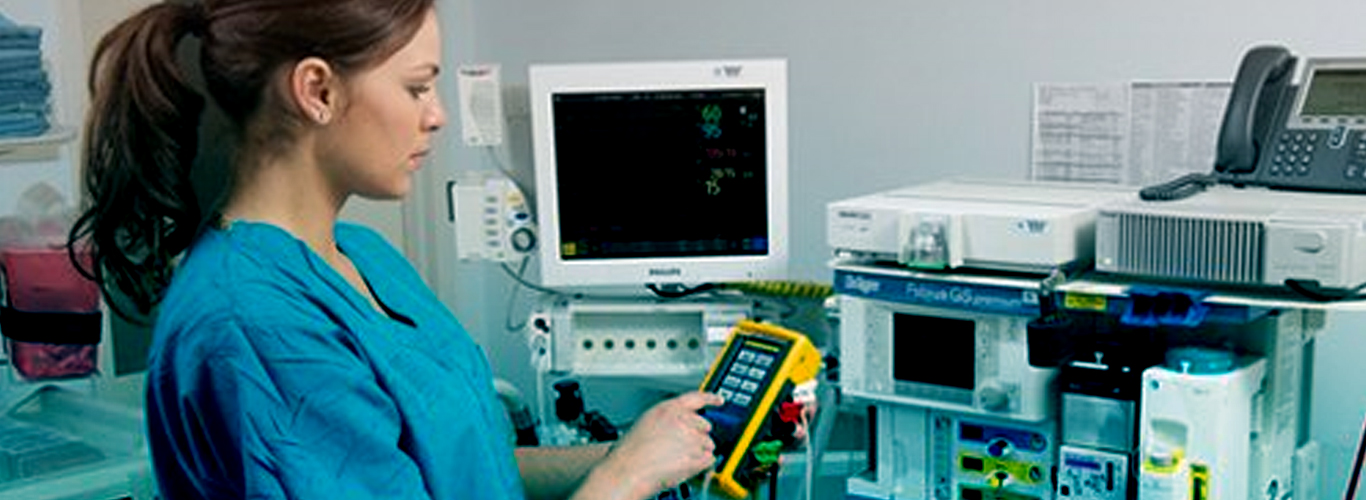Equipment Calibration Essentials for Medical Devices
Posted on 02/06/2025

WHAT IS MEDICAL EQUIPMENT CALIBRATION?
Medical Devices Calibration is performed to reduce measurement uncertainty, reduce mistakes, and bring measurements to an acceptable level. All equipment degrades over time and with frequent usage, which has an impact on its accuracy and precision. In the medical device sector, a measurement drift is considered inappropriate. Calibration of equipment on a regular basis ensures that industry set criteria are met and that the equipment is operational, resulting in accurate output.
The health and safety of patients is a major focus for hospitals and clinics. Doctors and nurses rely on the accuracy and precision of the tools they use to monitor patients as a result of this. As a result, the precision and accuracy of a device are critical. The medical device industry is controlled by tight standards, including FDA's 21 CFR Parts 11 and 820, Quality System Regulation (QSR), and ISO 13485, to service users and guarantee public health and safety is not jeopardized.
WHAT IS THE PURPOSE OF CALIBRATION SERVICES FOR MEDICAL EQUIPMENT?
Medical equipment, like any other machine, is subject to wear and tear over time, which has a direct impact on its accuracy and effectiveness. Periodic calibration is required to maintain the equipment's performance and reduce the chance of causing injury to a patient. All medical device firms must have processes in place that include instructions and acceptable accuracy and precision limits, according to the FDA.
WHAT IS PART 21 CFR 820.72?
Manufacturers must document all points of calibration, according to Part 21 CFR 820.72, which includes the following:
- A) Control of inspection, measuring, and test equipment -
All inspection, measuring, and testing equipment, including mechanical, automated, and electronic inspection and test equipment, must be acceptable for their intended purposes and capable of delivering valid results. Each manufacturer must develop and implement procedures to guarantee that equipment is calibrated, examined, checked, and maintained on a regular basis. The processes must contain provisions for handling, preserving, and storing equipment to ensure its accuracy and suitability for use. These activities must be recorded.
- B) Calibration procedures shall include specific directions and limits for accuracy and precision. When accuracy and precision limitations are not fulfilled, there must be facilities for corrective action to reestablish the limits and assess whether the device's quality was harmed. These activities must be recorded.
- B.1) Calibration standards are the first step in the calibration process. Inspection, measurement, and test equipment calibration standards must be traceable to national or international standards. If national or international standards aren't feasible or available, the manufacturer must utilize an independent, repeatable standard. If there is no suitable standard, the maker must create and maintain an internal standard.
- B.2) Calibration records- The identification of the equipment, the dates of calibration, the person doing each calibration, and the next calibration date must all be documented. These records must be placed on or near each piece of equipment, or they must be readily accessible to the persons who will be using it and those who will be calibrating it.
HOW OFTEN SHOULD MEDICAL EQUIPMENT BE CALIBRATED?
According to industry, federal, and state regulations, calibration should be done in conjunction with annual testing and services. However, depending on the extent and scale of its use, each piece of equipment has its own set of needs. The administrator must develop a calibration schedule as part of biomedical equipment management. When choosing the optimal schedule for each piece of equipment, there are a few things to keep in mind.
Some of the factors to consider for calibration, annual testing and services include:
- Manufacturer’s Recommendations : Check your physician equipment's owner's handbook to see how often the manufacturer advises calibration. You must also consider how frequently and how the equipment is utilized in addition to these recommendations. Additionally, if the equipment is utilized to make "important" measurements, calibrations should be done more regularly.
- Before/After Critical projects : Calibration is also an excellent idea immediately before and after a vital measuring endeavor. To ensure good results, get all of your tools and equipment for such a project tested and measured. Recalibration of vital machinery after completing a critical measuring job is also highly advised to maintain sustained accuracy.
- Following an Incident : If the equipment is damaged by an impact or an internal overload, you must have it calibrated right away. For full medical equipment management, keep track of any calibration work done outside of yearly testing and servicing. To ensure that everything is properly tested and running as it should, good record-keeping is crucial.
Final Takeaways on Calibration
You must have the equipment calibrated as soon as possible if it has been damaged by an impact or an internal overload. Keep note of any calibration work done outside of yearly testing and service for complete medical equipment management. Good record-keeping is essential for ensuring that everything is properly tested and running as it should.

